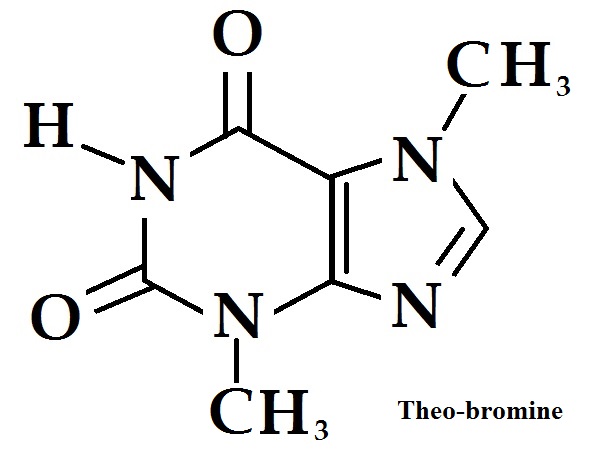If you are a dog lover, be aware of foods that they may or may not eat. If they are listed, it may definitely contain chocolate. It’s true, the general inability of dogs to consume chocolate is well known. Dogs do not like the taste or smell of chocolate, but because of their tendency to bite everything they catch, they may accidentally eat chocolate and even seek medical treatment.
However, there are many instances where dogs eat chocolate and chocolate-containing sweets, knowingly or unknowingly by their owners, but do not require any medical treatment. That is because of the dose and potency of the chemicals in the chocolate that a dog eats.
What do toxins contain?
According to research data, two major chemical compounds in chocolate can harm animal species, including dogs. The two chemical compounds are theobromine and caffeine, which are structurally similar compounds belonging to the group called Methylxanthines.


Methylxanthines are dangerous depending on the duration of their presence in the animal’s body (blood) and the rate at which the chemical metabolism is activated. methylxanthines inhibits the activation of adenosine receptors as soon as the chemical enters the bloodstream. These receptors are generally factors that determine the drowsiness and laziness of humans or animals. The body is stimulated as happens in the human body and the body shows excessive activity by increasing the heart rate. Most importantly, changes in animals can be fatal to them.
Symptoms
Clinical symptoms may appear within 6-12 hours after ingestion. Dogs who eat chocolate may experience Swelling, restlessness, nausea, vomiting and they may show symptoms of high heart rate, diarrhea, and high muscle activity. These basic symptoms can develop into hyperactivity, polyuria, ataxia, tremors and seizures. Other effects after ingestion include tachycardia, premature ventricular contractions, tachypnea, cyanosis, hypertension, hyperthermia, and can lead to coma. Many chocolates are high in fat, which can lead to pancreatic disease after 24 to 72 hours. Death can be caused by respiratory failure or heart attack.
Harmful dose
These high doses often depend on the type, body size / weight, age and health of Dogs. The LD50 value of theobromine and caffeine is 100 to 200 mg / kg. The LD50 value is the lethal dose required for half of the organisms considered to die. According to the ASPCA Animal Poison Control Center https://www.aspca.org/pet-care/animal-poison-control, the dose that can be fatal or life threatening to dogs is lower than the LD50 level. Animals that ingest 20mg / kg of theobromine and caffeine have milder symptoms. Those who ingest 40mg / kg have severe symptoms and seizures can begin at 60 mg/kg. Less than 1 pound of milk-containing chocolate can be deadly to dogs.
What about Cats?
Unlike dogs, cats can be highly toxic to chocolate. But because cats are concerned about food, they reject chocolate-containing foods and sweets. So you need to make sure that the chocolate you bring is eaten by the dogs. Therefore, if they eat chocolate, they should immediately inform a veterinarian and treat it.
Photo by Lum3n from Pexels (My Science Articles.com) Featured Image of why dogs can’t eat Chocolate?
